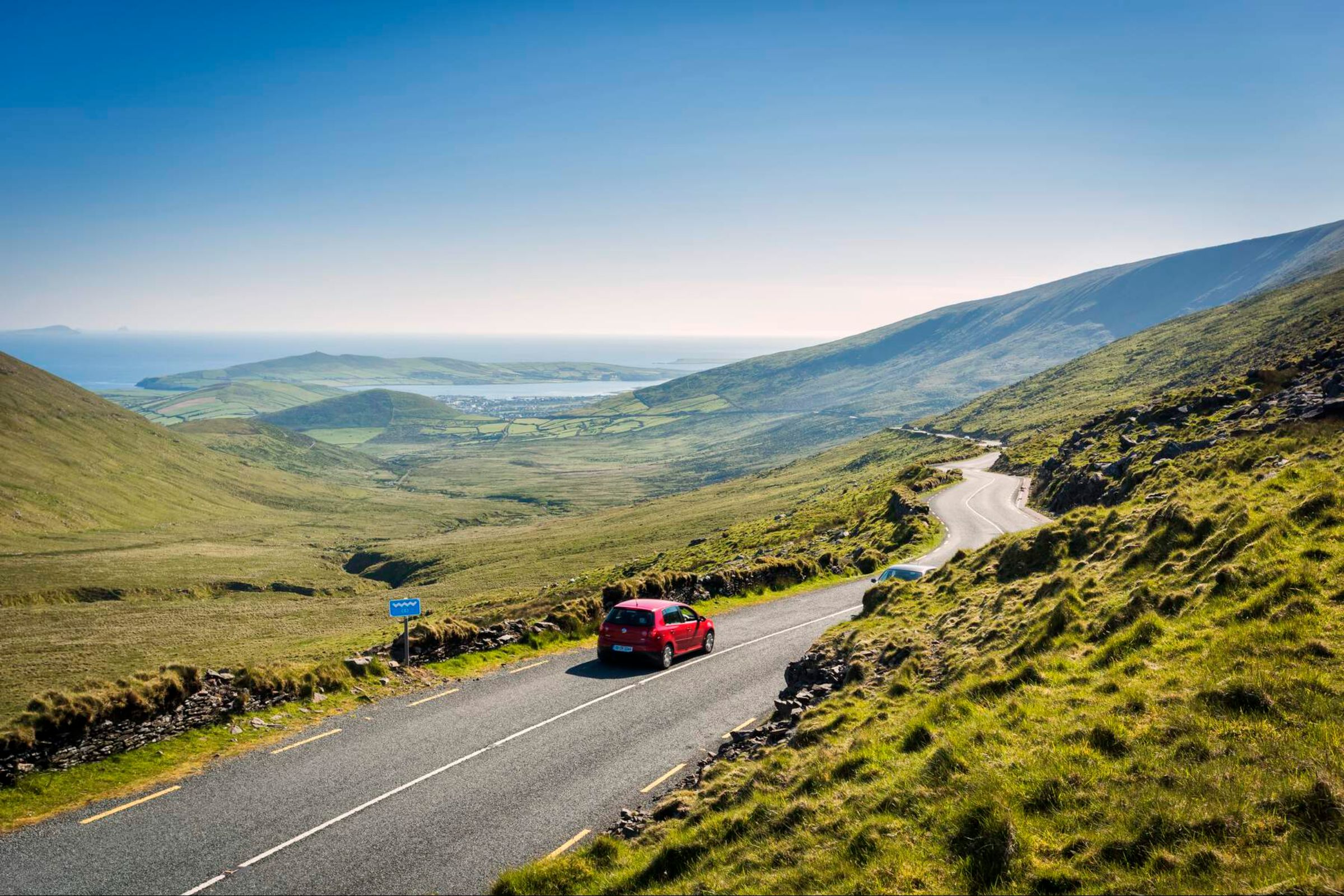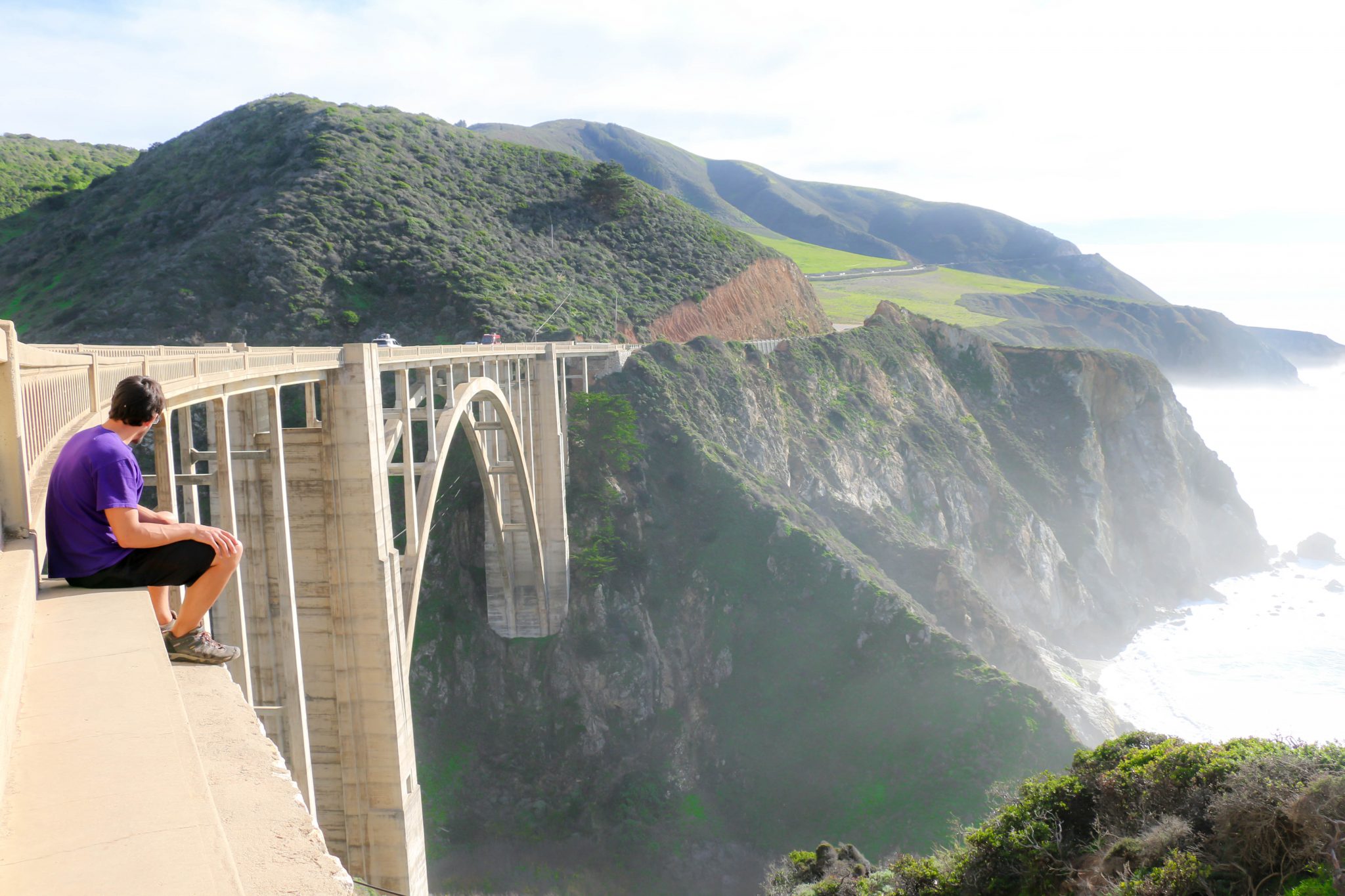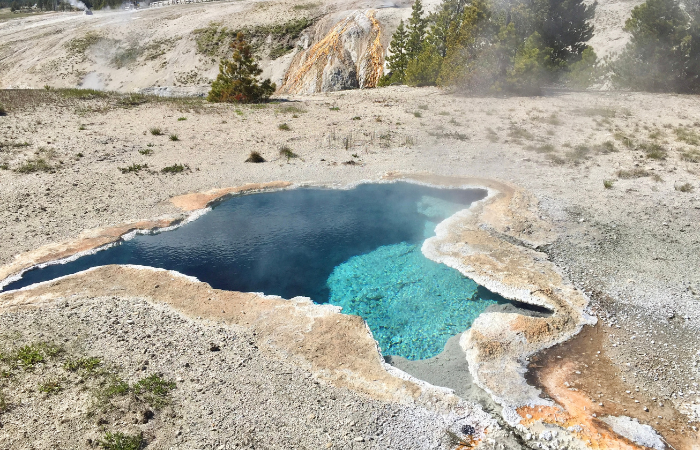The Huguenot Festival 300

In 1685 under Louis XIV, the Edict of Nantes, that provided a measure of protection and religious freedom to the French Protestants, was revoked. They were subsequently persecuted by the Catholic Church and the government of France, even as galley slaves, guillotined or burnt at the stake. The only option of the Huguenots was to flee as refugees to neighbouring countries. Some 200,000 or more fled to countries such as Switzerland, England, Germany, Denmark, the Netherlands and even as far as America and South Africa.
At that time Simon van der Stel was governor of the Dutch East India Company’s (VOC’s) refreshment station at the Cape of Good Hope in South Africa, on the trade route to the east. He requested that the ‘Here XVII‘ send suitable farmer colonists to the Cape to supplement the harvest of the Vryburger farmers (ie. not VOC employees).
On 31 December, in the winter of 1687, the flute ship ‘Voorschoten‘ left Delftshaven, Netherlands, (part of Rotterdam) with 22 Huguenot refugees on board – two died during the passage. The three master was supposed to sail directly to the Cape. However, as result of storm damage captain Frans Villierius was forced to land at Saldanha Bay on 13 April 1688, about 120 km from the present-day Cape Town. A message was sent by Hottentot to the Cape. The cutter Jupiter was dispatched to fetch them. A further six ships (the Oosterland, Borssenburg, Schelde, Berg China, Zuid-Beveland and ‘t Wapen van Alkmaar) brought Huguenots to the Cape. In all, the Huguenots amounted to some 15{899b15f80a2d8718204d48354149b0a45e47eff631d37dac5896e2c8e1eedb93} of the colonists in the Cape. They brought with them their faith and dedication. They also made quite a contribution to viticulture. Their influence can also be seen in the double negative, inherited from the French ‘ne pas’, in the later development of the Afrikaans language.
In 1988 the 300 year centenary Huguenot festival commemorated their main arrival in South Africa. The festivities started with the simulated landing on April 8th of the ‘Voorschoten‘-Huguenots (actors in period-dress) in Saldanha. A print of a sermon of the Huguenot pastor, Pierre Simond, survived the passage of time and was included in the Sunday service on April 10th. On April 13th a replica of the Jupiter arrived in Cape Town with the Huguenot-party to be welcomed by kommandeur Van der Stel and his councilors, all in period-dress. There were orchestras and troupes, drum majorettes and street plays, horse guards and heralds, tableaux and fly pasts.
In a restored calash and several replica ‘boerewagen‘ the Huguenot-party travelled to Stellenbosch, stopping off at Goodwood, Parow, Bellville and Kuilsrivier on the way. The amphitheatre of the Afrikaans Language Monument was the venue for the official opening of the festival by president Botha on April 14th. The Huguenot-party visited Wellington and Simondium along the way to Franschhoek. The main festivities on April 15th to 17th included float parades, exhibits and concerts culminating a memorial service at the Huguenot Monument.







